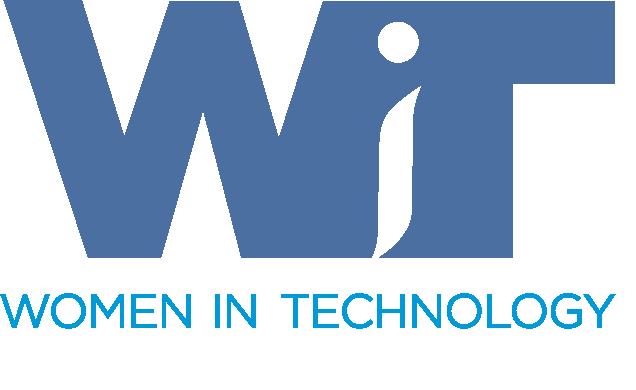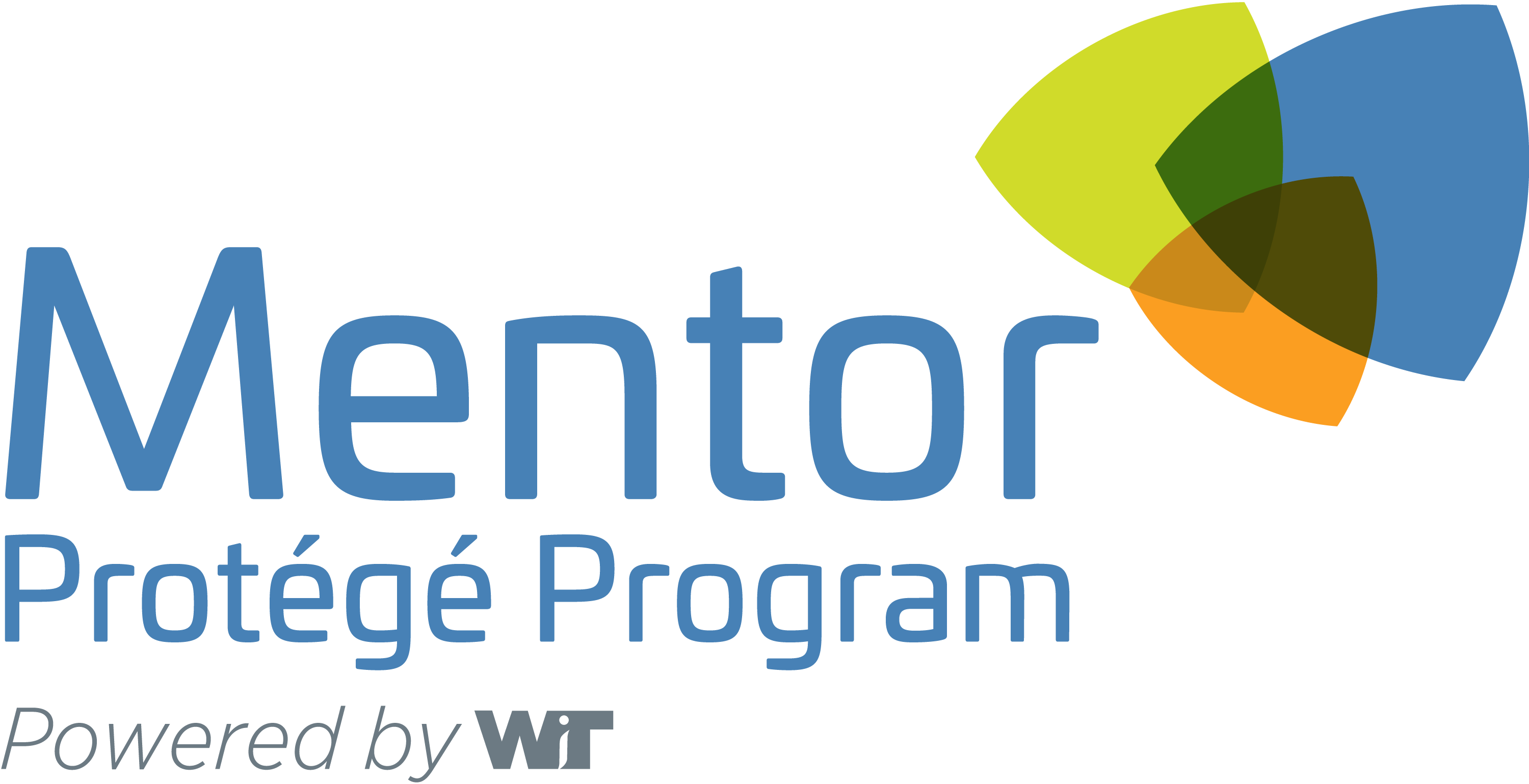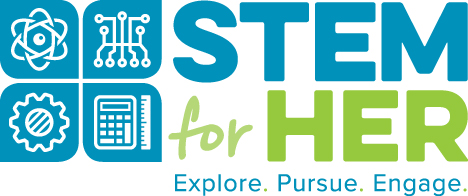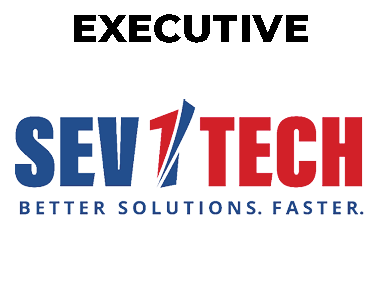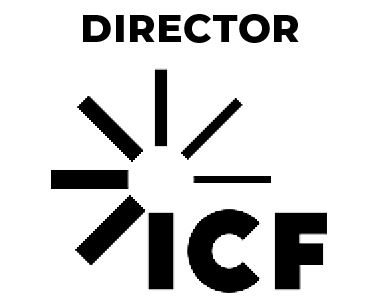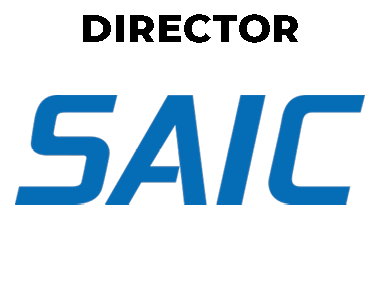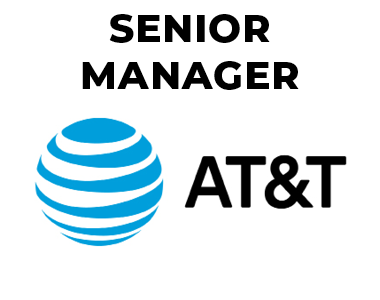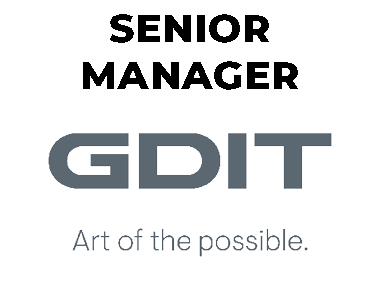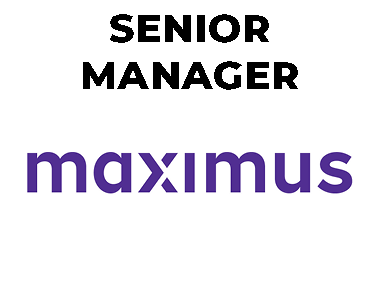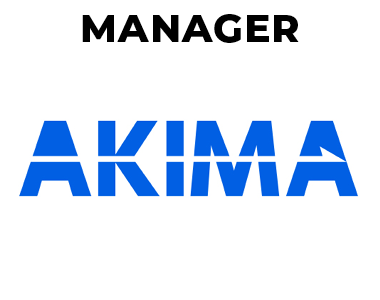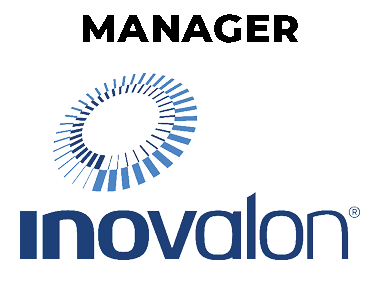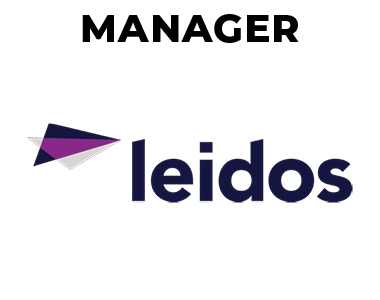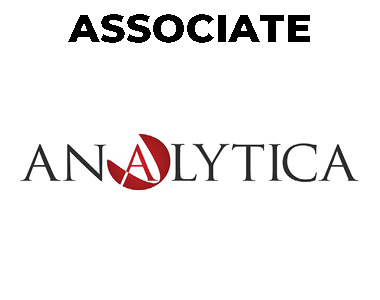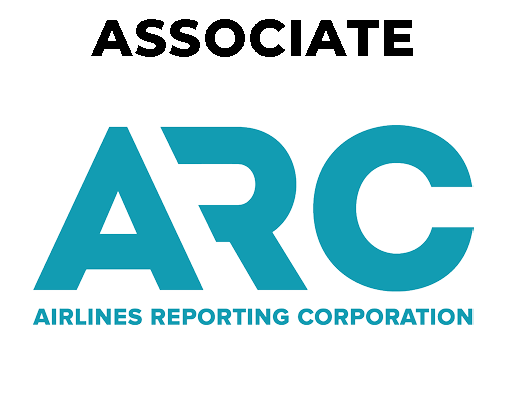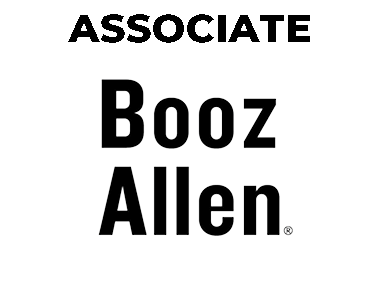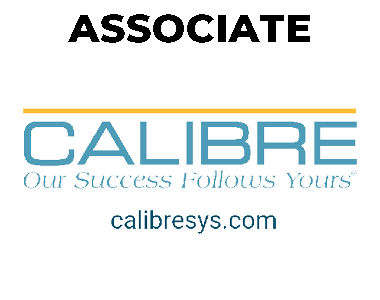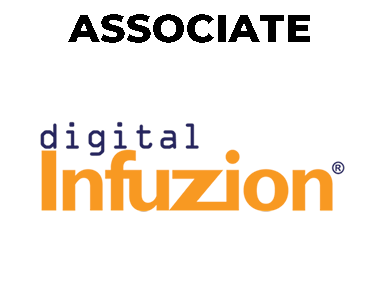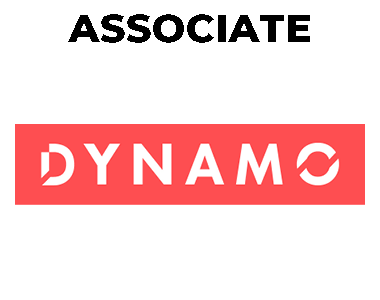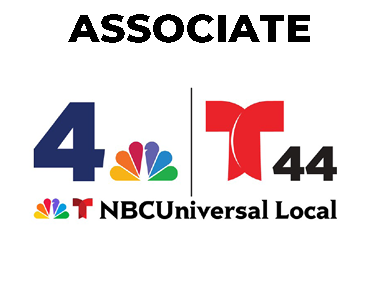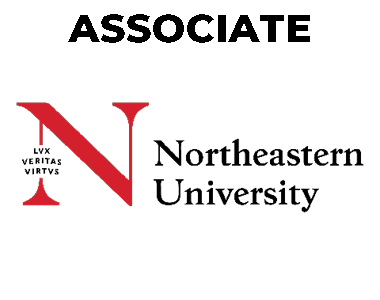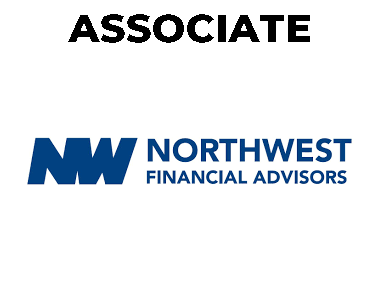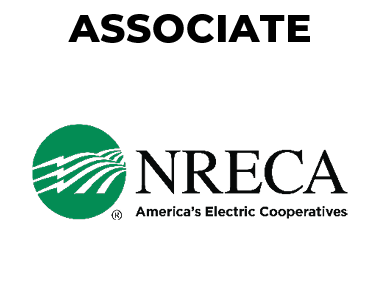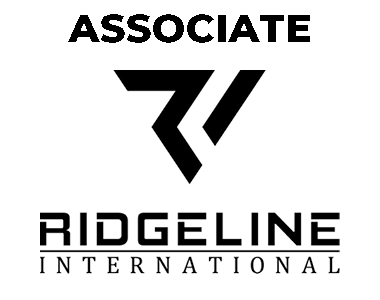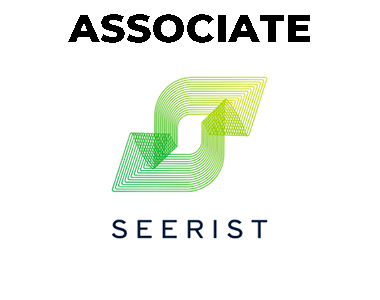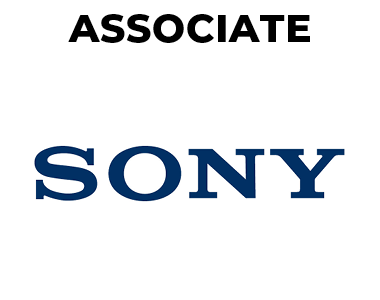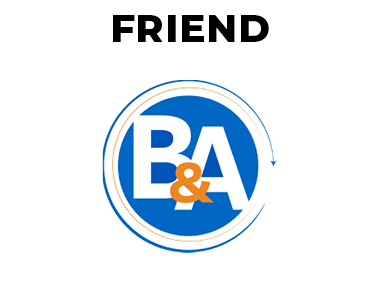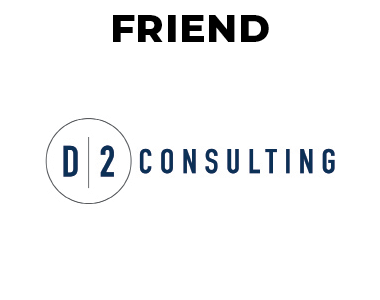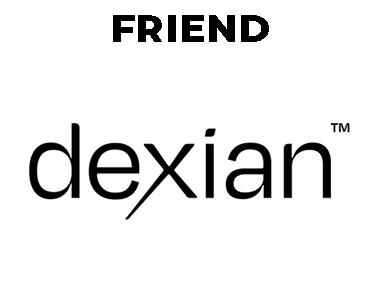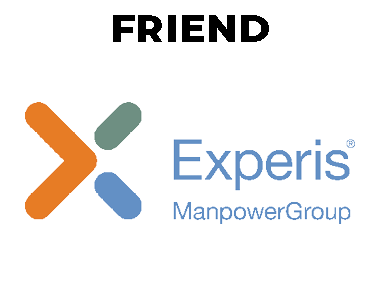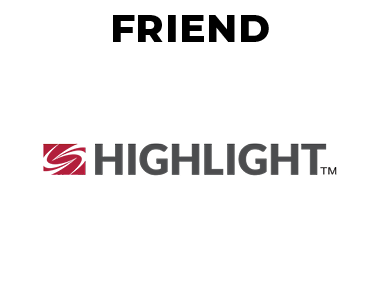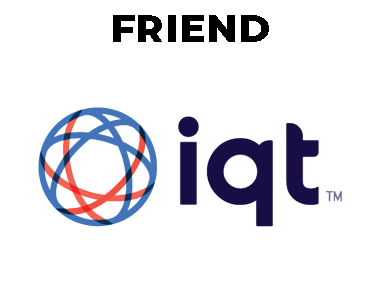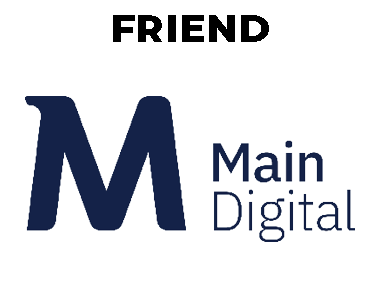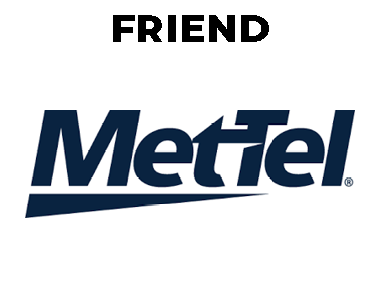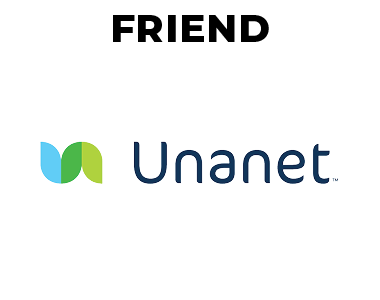This month’s blog posting is a topical one, speaking about the recent Republican debate. Here is an excerpt from Rebecca Shambaugh, President of SHAMBAUGH, which was posted on her blog site on September 23rd. Please see her bio after the blog post.
How Carly’s CEO Style Helped Her Win the Republican Debate
by Rebecca Shambaugh
A record number of viewers tuned into last week’s Republican debate. While prior to the latest contest Donald Trump had steadily held a significant lead, many
pundits agree that after an intense three-hour match, former Hewlett-Packard CEO Carly Fiorina dominated the floor, emerging as the number-two candidate not far behind Trump. According to
CNN, Fiorina’s support rating climbed to 15 percent—12 percentage points higher than in early September.
Meanwhile, Trump saw a substantial decrease in support post-debate, losing 8 percentage points from earlier in the month and weighing in at just 24 percent.
With less than 10 percentage points now separating Fiorina from the Republican frontrunner, the question everyone wants answered is: what is Fiorina’s secret sauce that enabled her to climb the charts so dramatically and so quickly? Fiorina demonstrated multi-dimensional layers of leadership presence—cultivated from her over five years as chief executive of one of the largest IT companies in the Fortune 500—offering viewers a glimpse of her CEO style as well as substance.
Her style was visible through her executive poise, standing tall with a sense of calm control in an electric blue suit. She was clear and succinct in her delivery and impeccable in her time management, overrunning the timing bell only once throughout the debate. Fiorina’s style also involved rising above the fray as needed, avoiding the types of direct aggressive attacks that Trump has used throughout the campaign when she knew such attacks would not serve her.
Her substance was demonstrated by her tough, calculated demeanor, calling out Trump for his lack of a policy plan and in contrast inserting her own short list of actions she would take to build up America’s military presence. She spoke confidently and firmly about the logistics of her plan, outlining clear action steps. When tested, as she was frequently during the debate, she never wavered—even when challenged about her past performance as CEO at HP and comments about her physical appearance.
What else seemed potentially presidential about Fiorina? Balanced with her firmness and “ready to fight” demeanor, she displayed a clear sense of compassion and emotion that made it easy for potential voters to connect with her, sharing her personal story of having to bury her stepdaughter who died of drug addiction. She also achieved voter empathy by calling out the American Dream, inspiring others with her story of starting her career as a secretary and rising to CEO, proving that anything is possible in our country.
Lastly, Fiorina’s messaging was strong, such as when she highlighted the fact that women are not a “special interest” group: “Women are the majority of this nation,” she said. “We are half the potential of this nation, and this nation will be better off when every woman has the opportunity to live the life she chooses.”
Regardless of your political affiliation, no one can deny that Fiorina is a fighter, and that her stance and style demonstrate the attributes of a strong and capable leader. The American public is looking for a leader with the power to bring not just toughness but also a human side to the table—and for this debate, Fiorina did just that. As the 2016 presidential race heats up, she’s definitely one to watch.
Who do you think won last week’s Republican debate? I welcome your comments to this post.
Rebecca Shambaugh’s Biography Rebecca Shambaugh is an internationally recognized leadership expert, author, and keynote speaker. She speaks before thousands of leaders around the world every year, challenging conventional wisdom and overturning assumptions about how to lead in today’s business environment. Her compelling and new vision for leadership in the 21st Century has electrified and inspired audiences on six continents.
Rebecca is President of SHAMBAUGH, a global leadership development organization and Founder of Women In Leadership and Learning (WILL), one of the first executive leadership development programs in the country, dedicated to the research, advancement, and retention of women leaders and executives. Rebecca has coached and advised over a hundred leaders and executives and has enhanced their overall level of excellence in such areas as communications, strategic thinking, inclusive leadership, employee engagement, executive presence, and culture transformation.
Prior to starting her own company, Rebecca has worked for such premier organizations as General Motors, Fairchild Industries, and Amax Inc. as a senior executive in the leadership and human capital arena.
Rebecca has been showcased on CNBC, TED Talks, Fox News (New York), NPR, Washington Business, ABC, and numerous syndicated radio talk shows. She has been featured in publications such as:
Leader to Leader, The New York Times, The Washington Post, Huffington Post, Time Magazine, USA Today, Fortune Magazine, U.S. News & World Report, Pink Magazine, and Entrepreneur Magazine. Rebecca is a known thought leader in the industry and is the author of two best seller books titled,
“It’s Not A Glass Ceiling, It’s A Sticky Floor” and
“Leadership Secrets of Hillary Clinton,” and her new book,
“Make Room For Her: Why Companies Need an Integrated Leadership Model To Achieve Extraordinary Results,” all published by McGraw-Hill. Her books illustrate her unconventional and results-focused approach to creating great leaders.
Rebecca partners with a cross-section of clients such as: Booz Allen Hamilton, Dow Chemical, Hilton Worldwide, KPMG, Marriott International, IBM, Cisco, National Grid, Humana, HP, Intelsat, MedImmune, Microsoft, and J&J. She is a member of the National Press Club, the Economic Club of Washington, D.C., on the Board of Visitors for Marymount University, on the Board of the Fairfax County Chamber of Commerce, and on the Executive Board for the Virginia Women’s Center. Rebecca is also the Chairman of the Board of Young Women Lead and an Executive Partner for Bentley University’s Center for Women and Business, as well as on the Board of the Red Cross. Other accomplishments include recipient of the Smart CEO Brava! Award, Women Who Mean Business Award, Entrepreneur Organization of the Year Award, and Finalist for the Outstanding Corporate Citizenship Award for Woman-Owned Business of the Year.
Rebecca holds a Bachelor of Science Degree in Industrial Relations from Purdue University and a Master of Arts Degree in Organizational Development from Marymount University.
